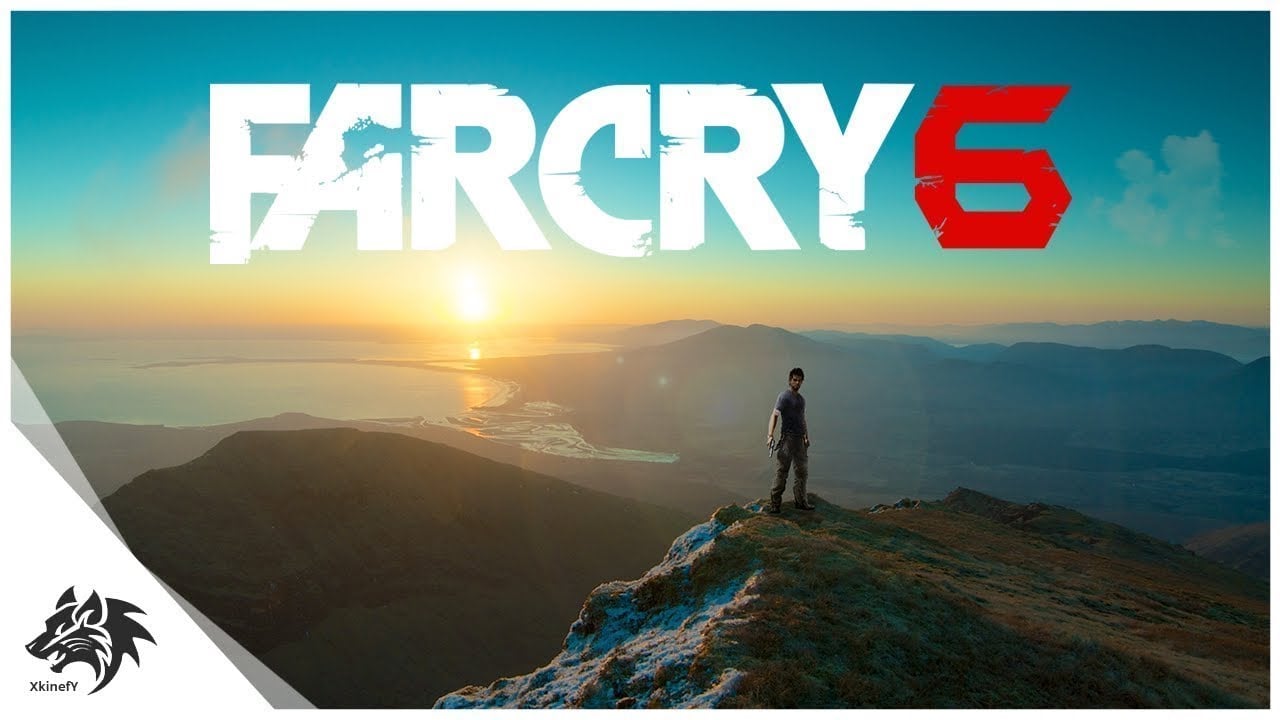

The song is still popular today and is heard on TV shows and movies about the war, at reenactment events, and at just about anything else having to do with the Civil War. Chorus: Our Dixie forever, she's never at a loss Down with the eagle and up with the cross. There was even a southern adaptation of the song, with changes in the lyrics, of course. Our flag is proudly floating On the land and on the main, Shout, shout, the battle cry of Freedom Beneath it oft we've conquered And will conquer oft again, Shout, shout, the battle cry of Freedom. Printing presses could not keep up with the demand for the sheet music estimates of sales range from 500,000-750,000 copies over the course of the war. The song was an immediate hit with both the soldiers and the civilian population, and became an anthem for the Union cause on a par with The Battle Hymn of the Republic. Morale in the north was low following the Union Army’s defeat in the Peninsula Campaign. At that time, President Abraham Lincoln called for 300,000 more volunteers for the army and navy.

Root wrote The Battle Cry of Freedom in July of 1862. Both of those are sentimental pieces, but Root’s most famous contribution to Civil War music is a more rousing tune, The Battle Cry of Freedom. Winner of the 1988 Pulitzer Prize for History and a New York Times Bestseller, Battle Cry of Freedom is universally recognized as the definitive account of. Barnes) The Battle Cry of Freedom proved to be the second-most-popular song of the war in the North indeed, among the civilian population it likely even surpassed what was probably the soldiers’ favorite, John Brown’s Body. Composer George Frederick Root wrote many popular Civil War songs, including The Vacant Chair and Just Before the Battle, Mother. The Battle Cry of Freedom (words & music by George Frederick Root Southern version with words by William H.


 0 kommentar(er)
0 kommentar(er)
